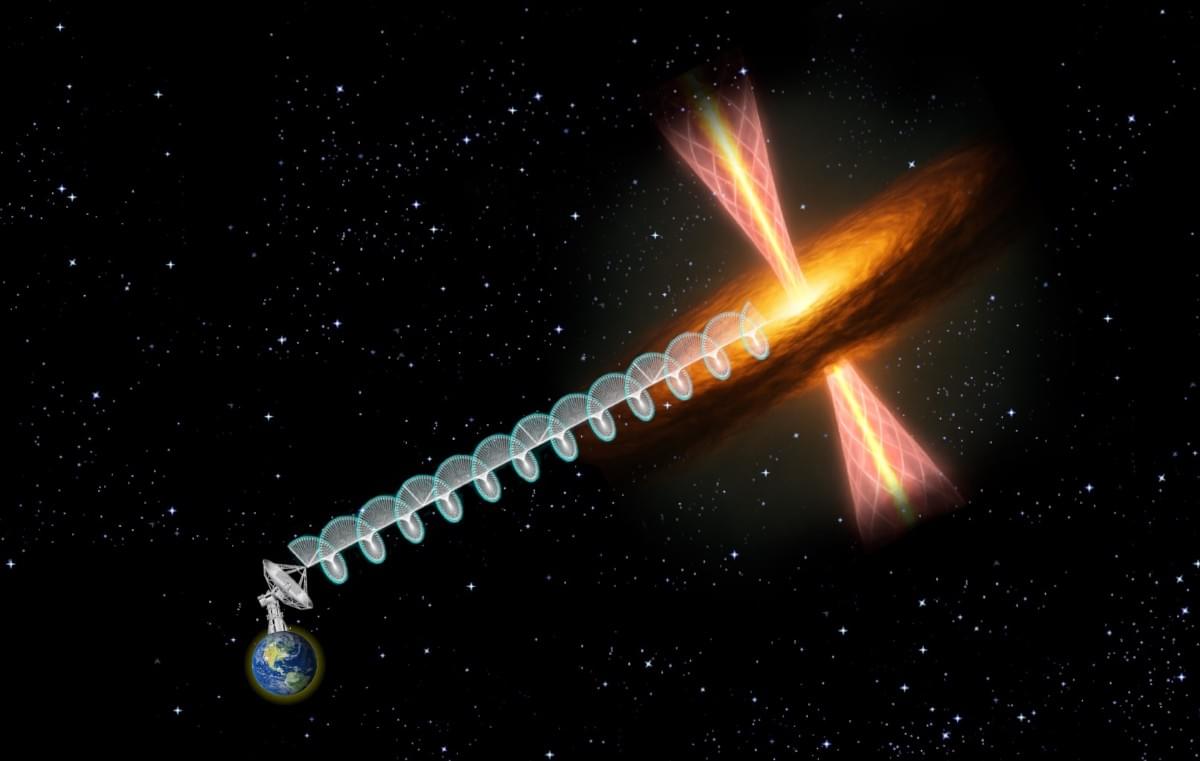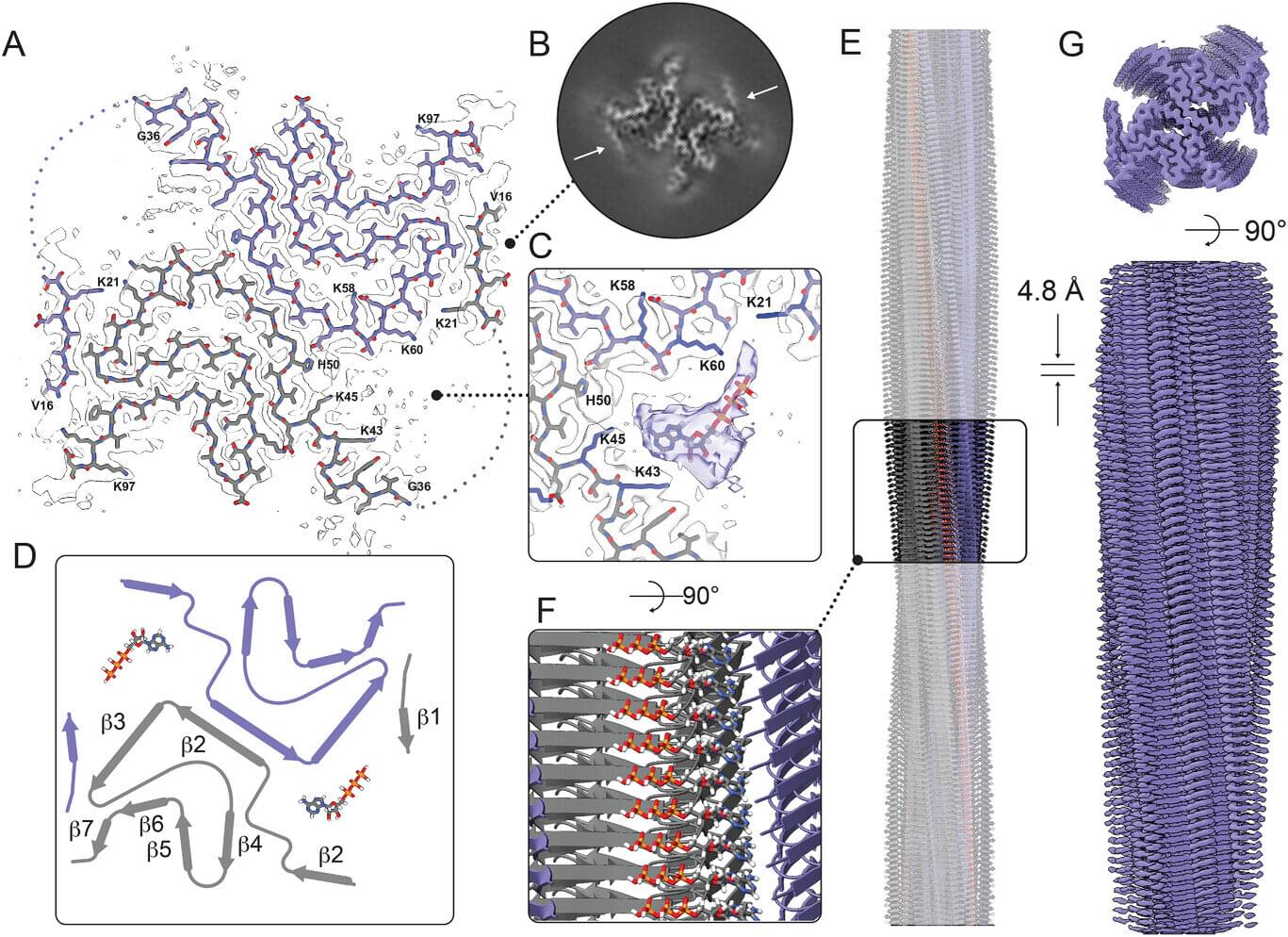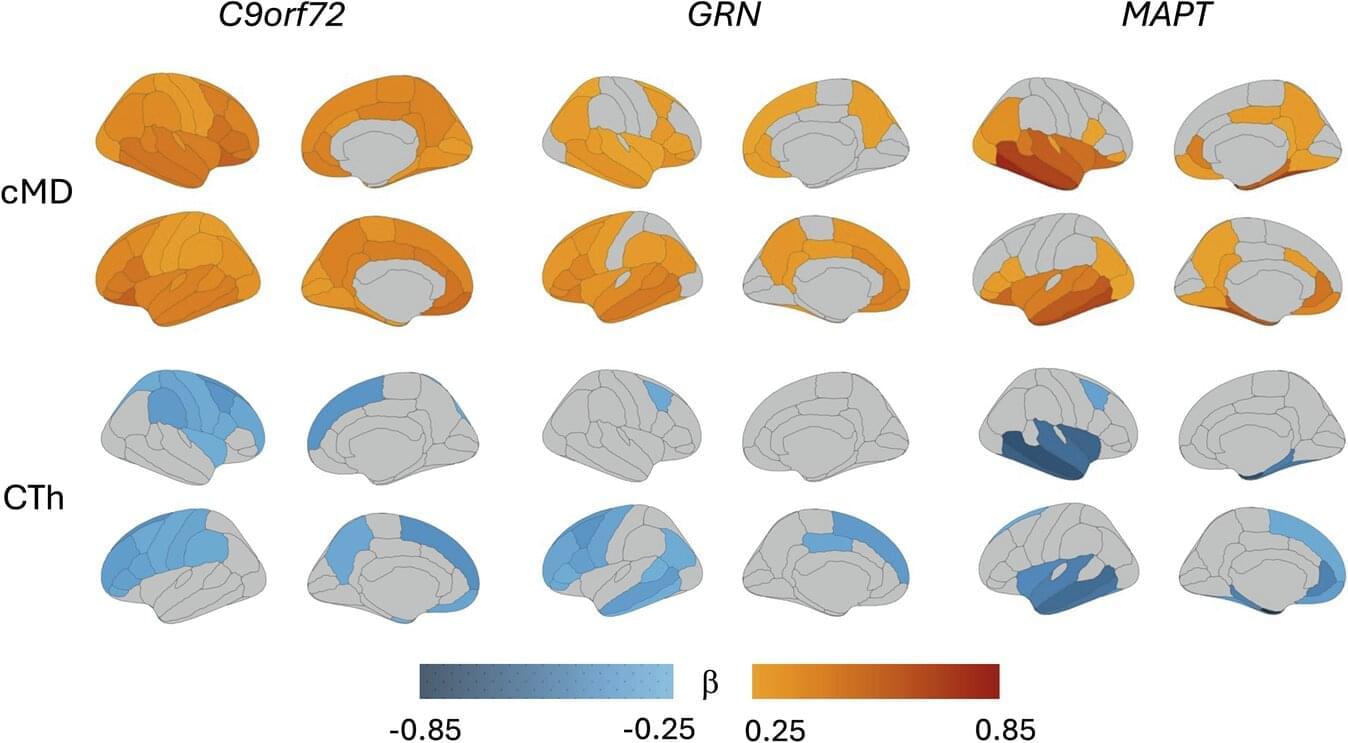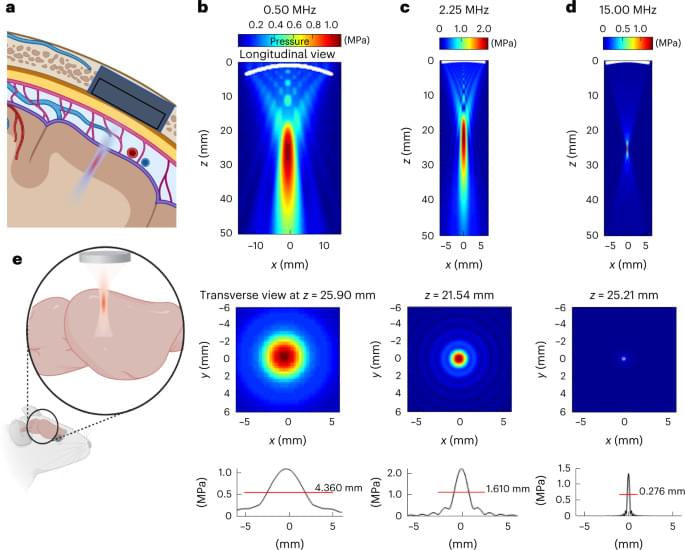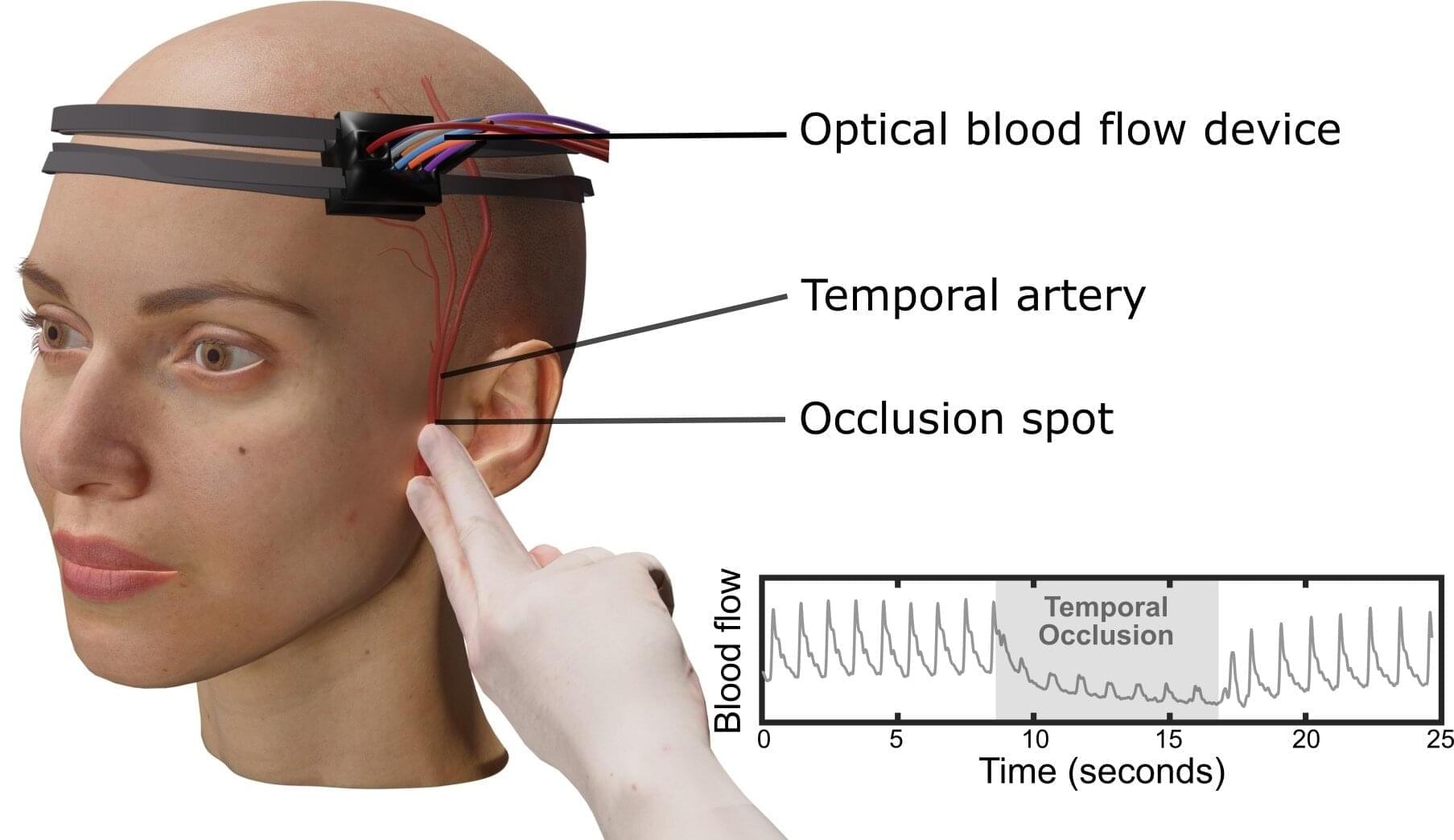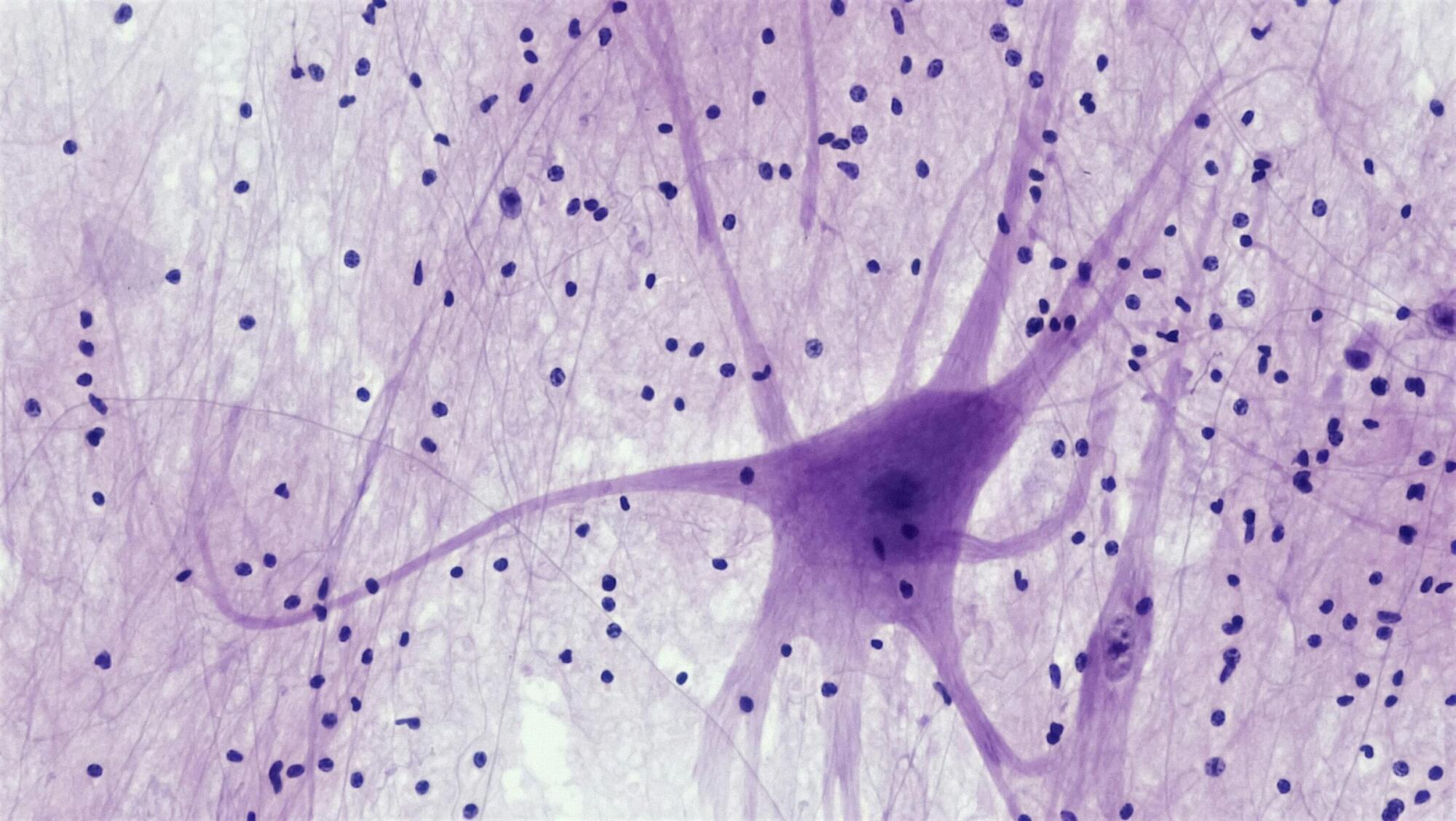Amyotrophic lateral sclerosis (ALS) is a neurodegenerative disease characterized by progressive muscle wasting and limb paralysis. This neurodegenerative condition results from the gradual destruction of motor neurons, the nerve cells that control muscles.
Past neuroscience studies have identified a TAR DNA-binding protein that plays a key role in ALS, known as TDP-43. This protein, which generally regulates RNA processing (i.e., how genetic information is managed inside cells), was found to abnormally accumulate in the axons (i.e., nerve fibers) of patients diagnosed with ALS.
Researchers at Tel Aviv University, Sheba Medical Center and other institutes carried out a study aimed at further exploring the mechanisms that underpin this local aggregation of TDP-43 in axons.

